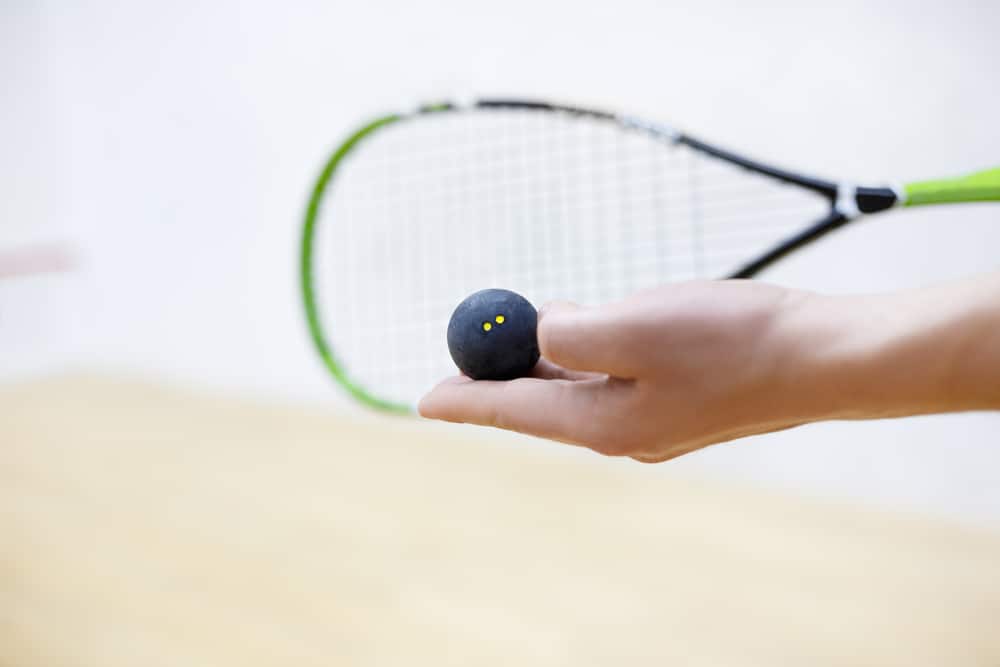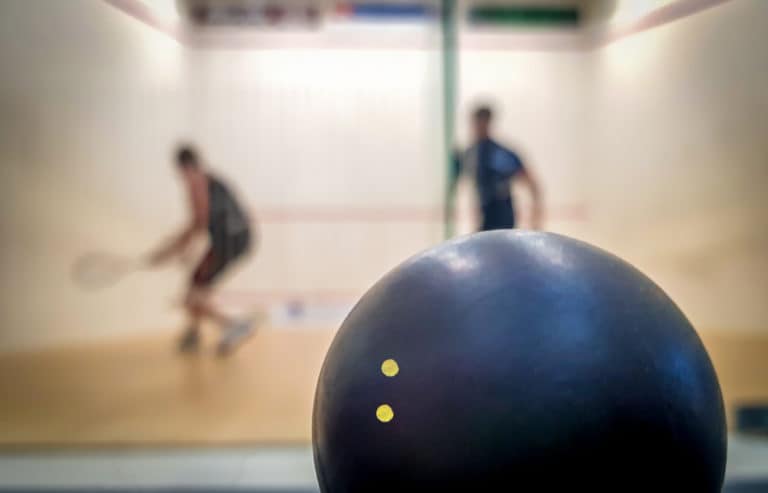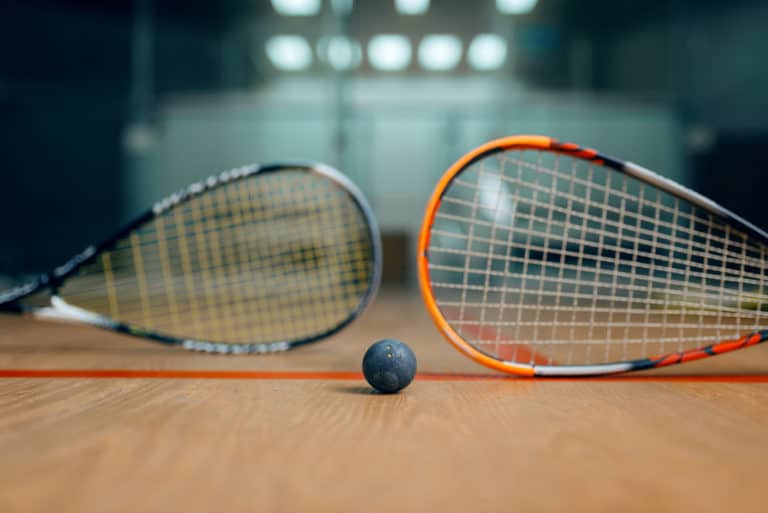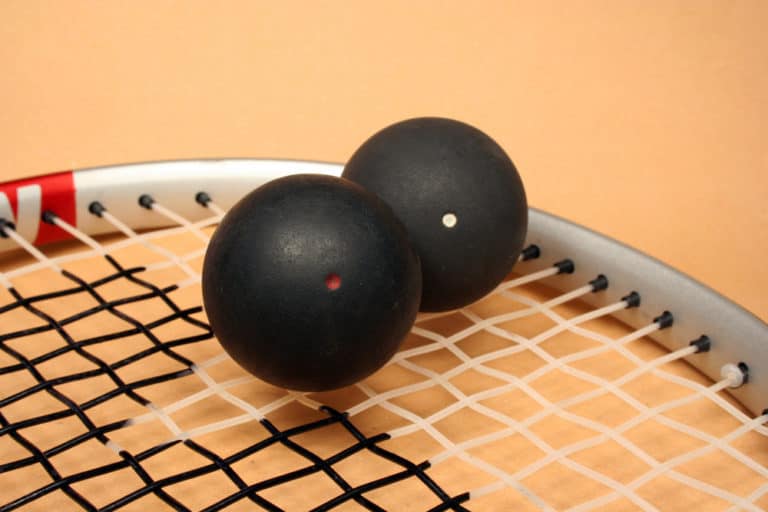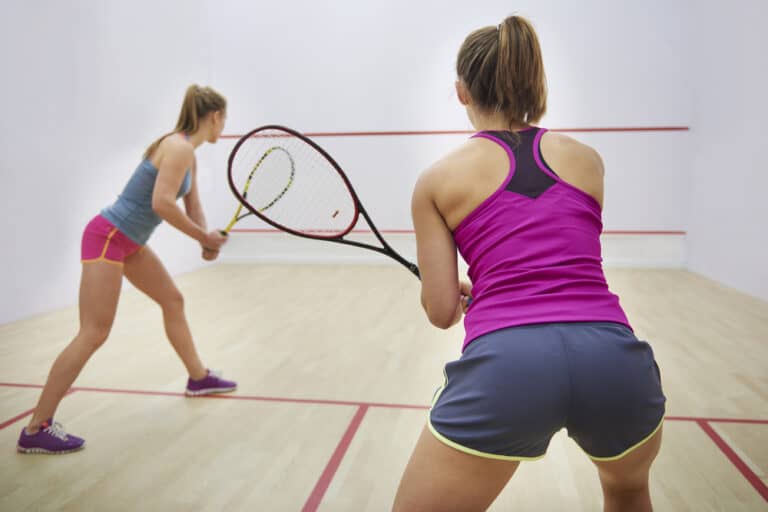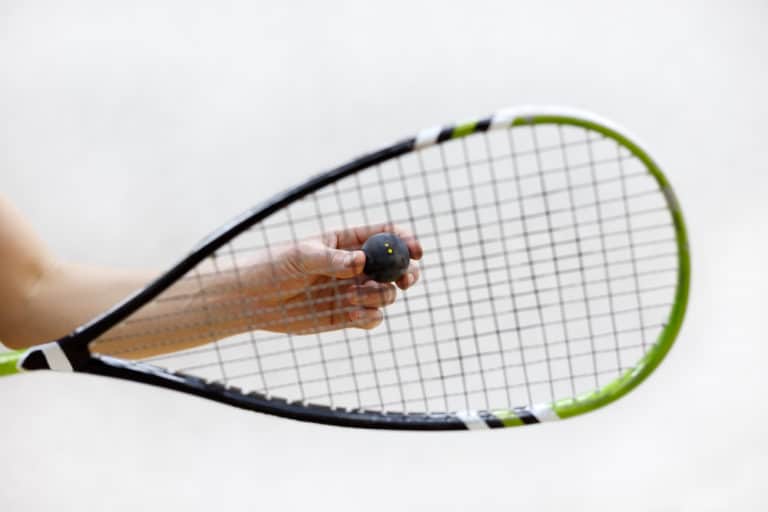How Many Serves Do You Get In Squash?
Squash is a beloved racquet sport internationally. There are many rules that govern this sport, and they can be difficult to learn and even more difficult to remember. The rules regarding serving are very important in the sport, but they must be understood clearly. This leads many players to wonder how many serves they get in a game of squash.
Squash players get one serve per set, but they retain the serve if they score the set point. The player who scores serves in the next set, even if they served in the previous set, but they must alternate serve boxes in every serve. Players can serve every set in a match if they score every set.
It is important to clearly understand the rules regarding serving in squash, as every serve is an opportunity to gain a sporting advantage over the opponent. Serving well can score points quickly; therefore, every player should use their serves well and understand the rules well. Let’s explore some of the important rules regarding serves in squash.
How Many Serves Do You Get In Squash?
Every squash serve is a challenge, but it is also a great opportunity. It is advantageous to serve in squash, as it is very difficult to respond effectively to a serve that is executed well. Every player wants to serve to keep this advantage, but how many serves are players allowed in squash?
Players are only permitted one serve at a time in a squash match. However, the player who serves retains the serve if they score the set point. The player who scores the set point serves for the next set. This means that a player can serve for every set in a match if they win every point.
According to the rules of the sport, the player who wins the point in any set serves in the next set. There are no real exceptions to this rule, and if a player wants to serve, they must either retain their serve by winning points or by winning points against the player who served last.
This rule may feel unfair in the moment, but it exists to keep the game interesting and provide a slight advantage to stronger players. This is especially important in tournaments, as this rule ensures that only the best players progress through the tournament stages.
A player may serve every set in a match if they win every point in a match, and there is no limit to how many times a player can serve, but they are only permitted one serve per set.
Do Servers Alternate Per Set In Squash?
Serving is important in the game of squash, and the player who serves has an advantage over their opponent. This leads players to wonder if the server alternates per match set.
The reality is that serves do not alternate per match set. If a player serves and scores the set point, the same player retains the services for the next set.
However, the server must alternate serving boxes for every serve. This is a way to keep their serves fair, as most players are significantly stronger at serving from one box more than the other.
If a player has a strong serve from one box and a weak serve from the other, the player is likely to lose the set point when they serve from their weaker courtside. This gives the other player a good opportunity to score a point and gain the services for the next set.
When a player wins a set point and takes over the server, they are allowed to choose which serve box they serve from but must then alternate for every subsequent serve.
If a player loses the serve but regains it in the next set, they must still alternate serve boxes. If neither player can remember which serve box the server should play from; the match Marker is required to inform the player of which box they should serve from.
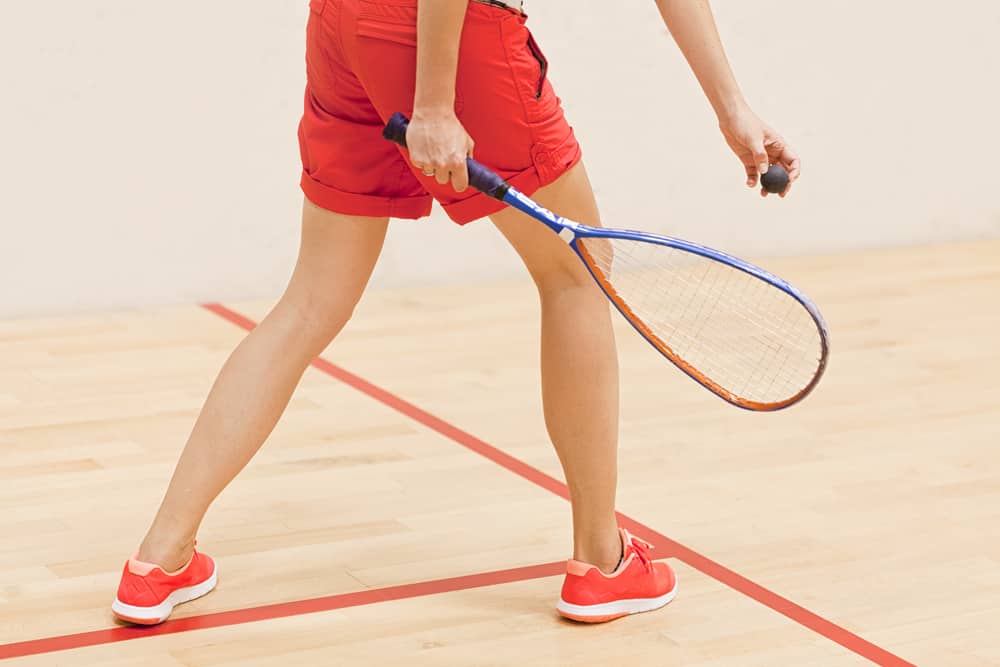
Who Serves First In Squash?
We have established that squash player retains their serve by winning points and that they must alternate serve boxes if they serve multiple times in a row, but how do players determine who serves first in a squash match?
Who serves first in squash is determined by a racquet toss. Mot squash racquets are made with a logo or emblem on one side of the racquet. The players toss the racquet and spin it in the air before catching it again.
The players call the racquet toss in the same way that they call a coin toss. If the racquet lands on the chosen side, the player that called the toss served first. If not, the opposing player is awarded first serve.
This is a tradition that is as old as the sport itself and is how every match is decided. This method keeps the games fair and awards no advantage to one player over another. Using the racquet toss method means that the first serve is awarded at random, and it is up to the players how they utilize their serve to determine how the match progresses.
Can You Ever Get Multiple Serves In Squash?
Serves typically happen only once per set in squash, and players are only permitted one serve per match point, but is it ever possible to get more than one swing at the start of a game?
The rules of squash state that players only get one serve, but if the server swings for the ball and misses, they are permitted to retake the serve as many times as is necessary. If a player misses and re-swings multiple times, it is not against the rules to do so.
However, very few players will miss a serve swing multiple times. If a player swings for a serve and hits the ball, but they are unhappy with the serve and where the ball ends up, they are not permitted to retake the serve and have to play the ball wherever it lands, so long as it is within the court’s boundary lines.
Conclusion
Each player only gets one serve per set in squash, and the player that gets to serve is either determined by the toss of a squash racquet or by who scores the last set point. The player who scores a point serves the next set, even if they served the previous set.
The rules of squash as hard-set, and there are no exceptions. They may feel unfair at times, but the rules of the sport are intended to improve the players and keep players pushing for excellence. This is true for the rules regarding serving, even if they are difficult to acknowledge.

